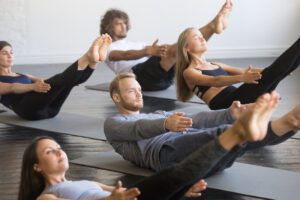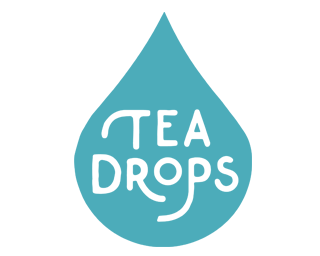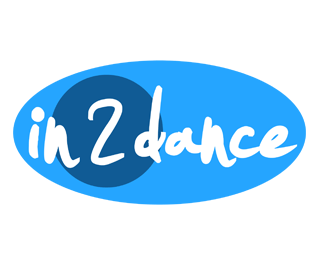The Core of Pilates
November 20, 2023One of the fundamental principles of Pilates is strengthening the core muscles. In a Pilates session, you often hear the instructor say something like, “engage your core!” But what is the core, why is it important, and how do we activate it?
Many people are familiar with the abdominals’ role in core strength, but this is only part of the story! The core muscles include the abdominals, but also the pelvic floor, the diaphragm, and the multifidus. We will unpack each of these in turn.
The multifidus runs along the back of the body, from the base of the head to the base of the spine, and creates spinal rotation, back-bending, and side-bending. The pelvic floor is a hammock of muscles at the base of the pelvis that supports the internal organs, and the diaphragm rests underneath the lungs. Then we have four abdominal layers. The outermost layer consists of the rectus abdominis (the much-coveted 6-pack!), which creates forward bending.
Underneath this we have two sets of obliques (internal and external) that cross our sides like an “X,” creating rotation. Finally, the deepest layer, the transversus abdominis (TVA), wraps around the front and sides of the body like a corset. You can imagine the core muscles as a cylinder: the pelvic floor forms the base, the diaphragm the ceiling, the abdominals the walls, and the multifidus the zipper up the back.
Now we know what the core muscles are, but what do they do? Among other things, the core muscles work to support/stabilize the pelvis and spine, especially the low back. Given how many people suffer from lower back pain, being able to support the spine and pelvis is incredibly useful! Stabilization happens when we create pressure in our core “cylinder” through a combination of conscientious breathing and activation of the pelvic floor and abdominals.
Contracting the pelvic floor can take a little practice, but it is tremendously beneficial for men and women alike. Whether you know it or not, you’ve been using your pelvic floor your whole life—anytime you stop yourself from passing gas at a fancy dinner party, or stop a stream of urine, you are using your pelvic floor. We can use the image of zipping from front to back, then up toward the navel, or of an elevator that slides its doors shut before ascending or descending, to help us engage the pelvic floor.
 Breathing also plays a central role in core activation. As we exhale, the abdominals must contract to maintain pressure. This is where the cue “belly button to spine,” comes in, helping us tighten our “corset.” As we inhale, we create pressure by activating both our abdominals and pelvic floor muscles.
Breathing also plays a central role in core activation. As we exhale, the abdominals must contract to maintain pressure. This is where the cue “belly button to spine,” comes in, helping us tighten our “corset.” As we inhale, we create pressure by activating both our abdominals and pelvic floor muscles.
It’s important to remember that we don’t need maximal engagement of the core at all times. We can think of the core like a dimmer switch, which we dial up or down depending on how much demand we are placing on the body. With practice and guidance from your Pilates instructor, you will soon become adept at engaging and strengthening your core.





